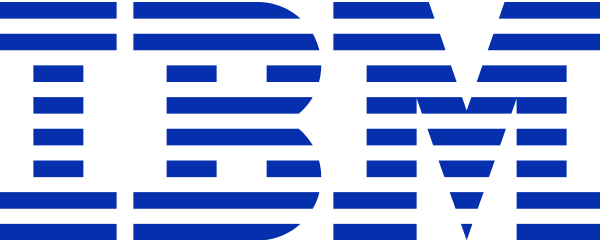Coursera
Free Online Course (Audit)
English
Paid Certificate Available
4 weeks long, 10 hours worth of material
selfpaced
Overview
Class Central Tips
In this course, you will learn the Grammar of Graphics, a system for describing and building graphs, and how the ggplot2 data visualization package for R applies this concept to basic bar charts, histograms, pie charts, scatter plots, line plots, and box plots. You will also learn how to further customize your charts and plots using themes and other techniques. You will then learn how to use another data visualization package for R called Leaflet to create map plots, a unique way to plot data based on geolocation data. Finally, you will be introduced to creating interactive dashboards using the R Shiny package. You will learn how to create and customize Shiny apps, alter the appearance of the apps by adding HTML and image components, and deploy your interactive data apps on the web.
You will practice what you learn and build hands-on experience by completing labs in each module and a final project at the end of the course.
Watch the videos, work through the labs, and watch your data science skill grow. Good luck!
NOTE: This course requires knowledge of working with R and data. If you do not have these skills, it is highly recommended that you first take the Introduction to R Programming for Data Science as well as the Data Analysis with R courses from IBM prior to starting this course. Note: The pre-requisite for this course is basic R programming skills.
You will practice what you learn and build hands-on experience by completing labs in each module and a final project at the end of the course.
Watch the videos, work through the labs, and watch your data science skill grow. Good luck!
NOTE: This course requires knowledge of working with R and data. If you do not have these skills, it is highly recommended that you first take the Introduction to R Programming for Data Science as well as the Data Analysis with R courses from IBM prior to starting this course. Note: The pre-requisite for this course is basic R programming skills.
Syllabus
- Module 1 - Introduction to Data Visualization
- Data without a way to convey the story behind it to yourself or others is just numbers on a page. You can observe and tell the story of your data in a more impactful way through visualization.
In this module, you will learn the basics of data visualization using R, including the fundamental components that are shared by all charts and plots, and how to bring those components to life using the ggplot2 package for R. You will also learn how to create three common chart types, including bar, histogram, and pie charts, from the qualitative and quantitative data. - Module 2 - Basic Plots, Maps, and Customization
- In this module, you will take your data visualization skills to the next level! You will learn how to create three plot types, including scatter plots, line, plots, and box plots, using the ggplot2 library and then customize the visualizations using annotations and customized axis titles and text labels. You will also learn about faceting, a way to visualize each level of a discrete or categorical variable, and different ways to work with themes. Finally, you will learn about a unique chart type called a map that you can create using geolocation data and the Leaflet library.
- Module 3 - Dashboards
- Your data tells a story. You have built the charts and plots that show important relationships between variables, identify outliers and anomalies, and see the trends that can help you predict what the future might bring. Now you want to put these insightful data visualizations at the fingertips of your stakeholders and make it easy to interact with and explore the data. You need a dashboard!
In this module, you will learn why dashboards are important and then build interactive dashboards using the Shiny package for R. You will learn how Shiny dashboards are structured into user interface and server components and then build out these components and develop the logic to make them work together. You will also learn how to deploy your dashboards and provide a way to generate informative reports with R Markdown. - Module 4 - Final Assignment
Taught by
Saishruthi Swaminathan and Gabriela de Queiroz



